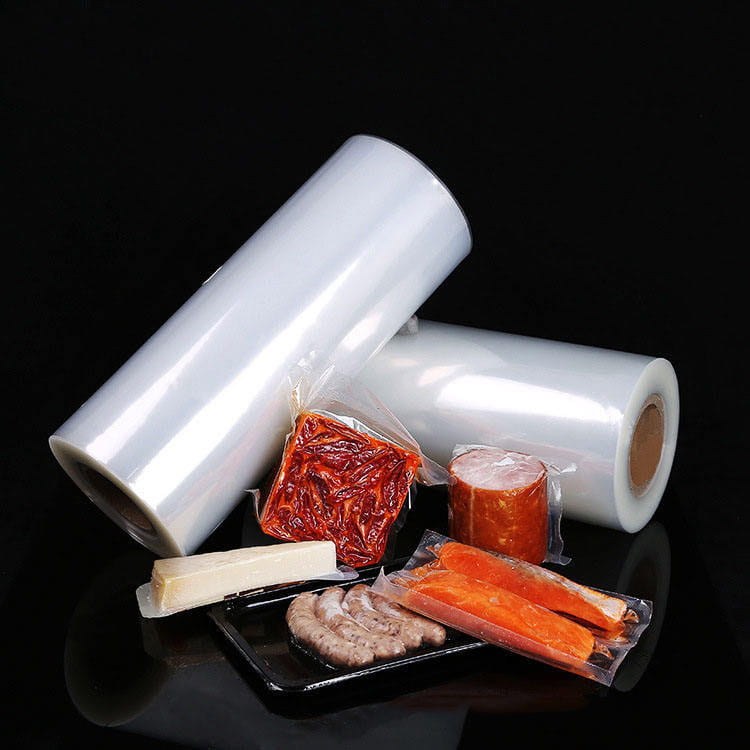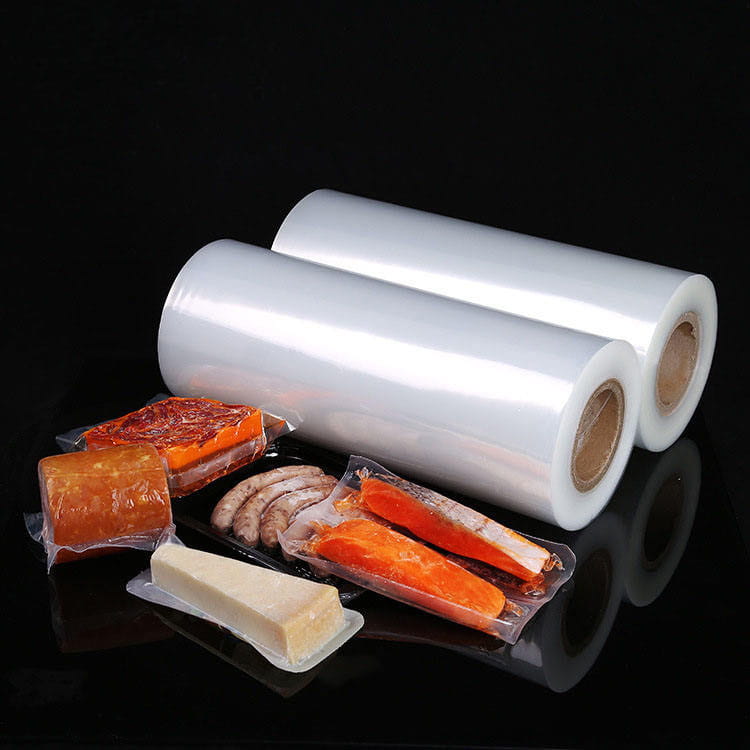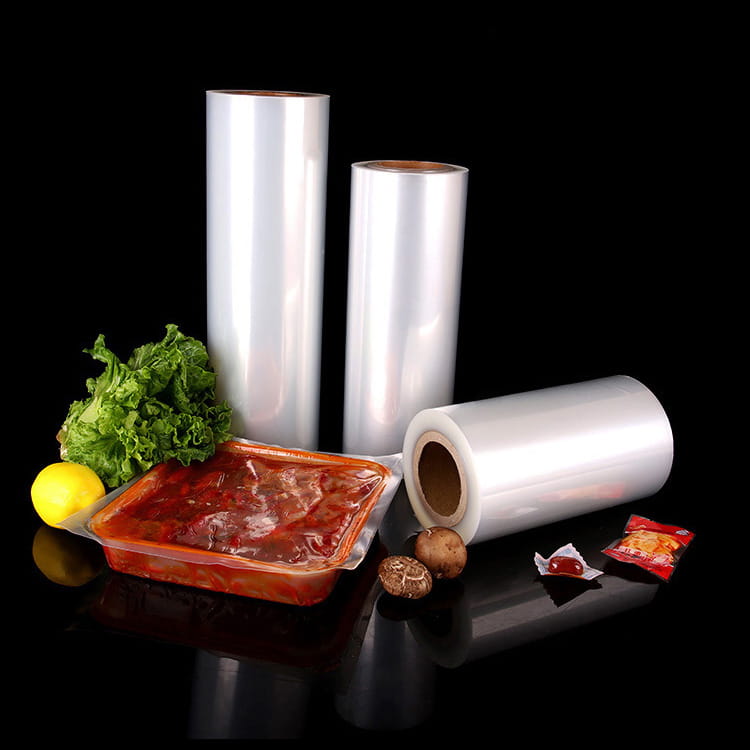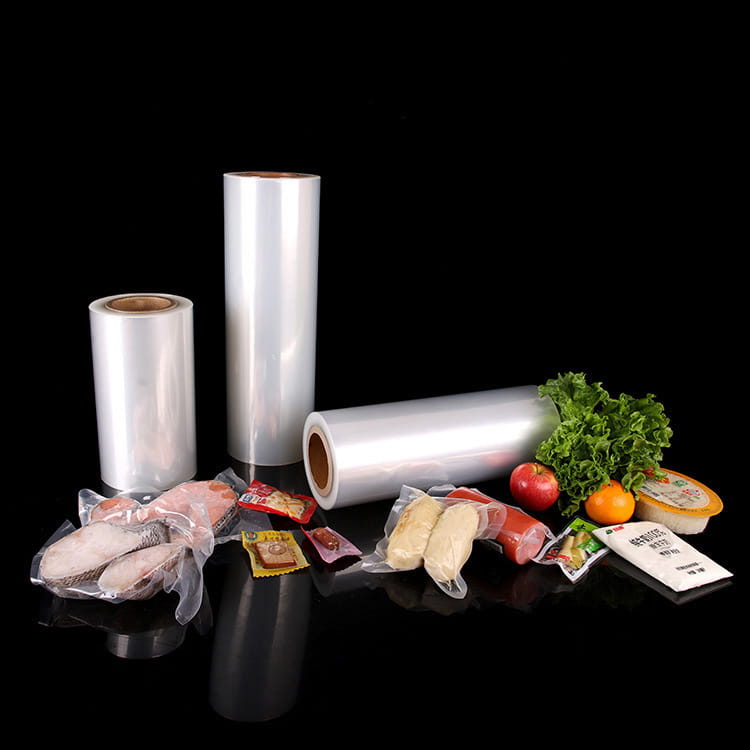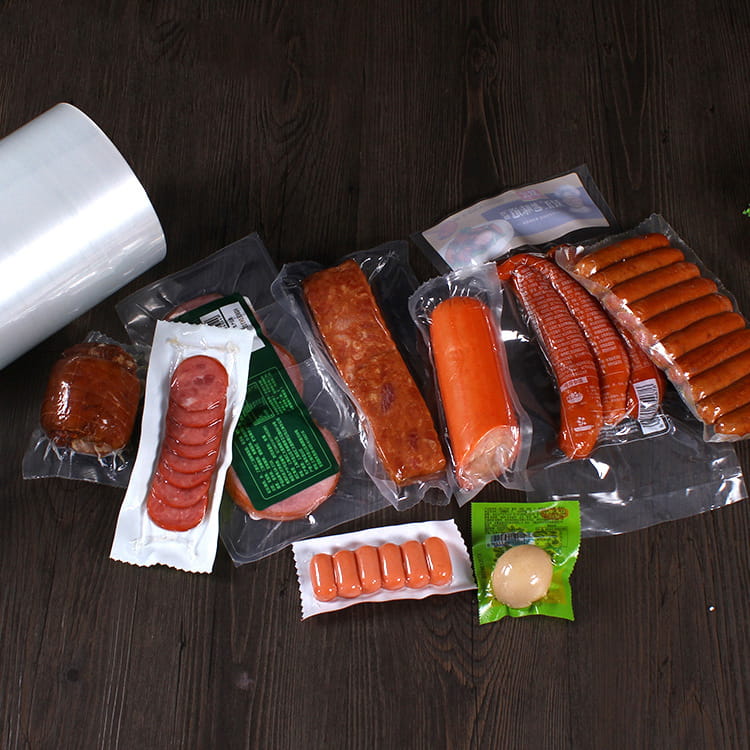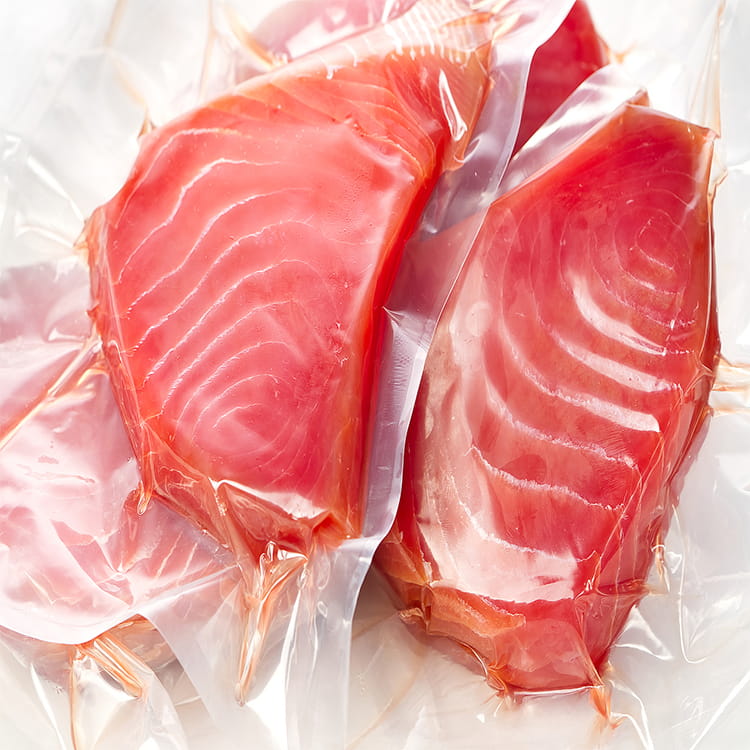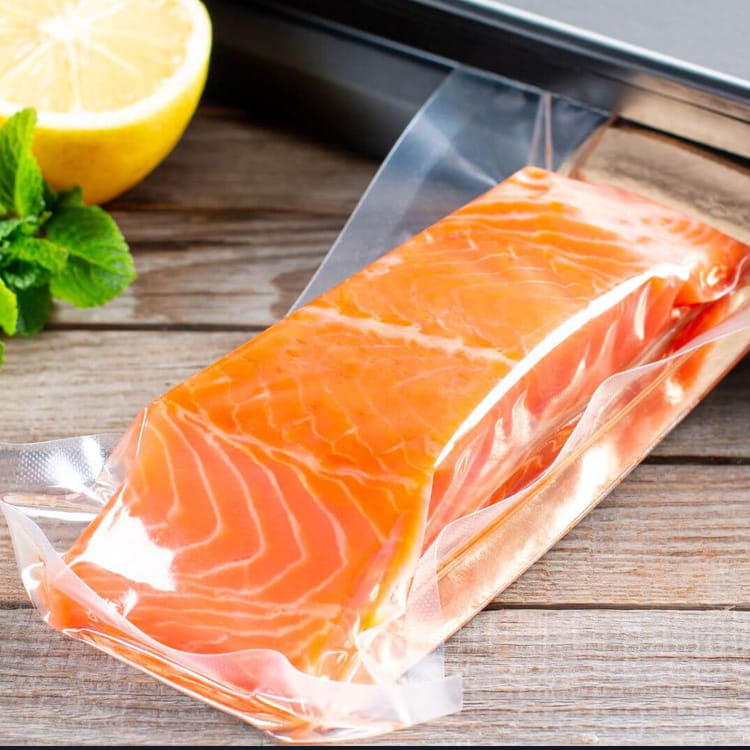In the world of flexible packaging, tubular transparent packaging film is a ubiquitous and critical material, serving as the primary containment solution for a staggering array of products. From fresh produce and baked goods to textiles and stationery, its versatility is unmatched. However, within this category lies a fundamental manufacturing divide that significantly impacts the film’s performance, cost, and suitability for specific applications: the choice between blown and cast production processes.
Understanding the Core Manufacturing Processes
To fully appreciate the differences in the final product, one must first understand the distinct industrial methods used to create blown and cast tubular transparent packaging film. These processes, though both designed to melt and form polyethylene resins, follow divergent paths that imprint unique characteristics onto the film.
The Blown Film Extrusion Process
The blown film process, often considered the more traditional method, is a continuous tubular operation. It begins with polyethylene resin pellets being fed into an extruder. Inside the extruder, a rotating screw conveys the pellets through heated zones, where they are melted into a homogeneous, viscous plastic melt. This molten polymer is then forced upwards through a circular die head, emerging as a continuous, thick-walled tube. The name of the process comes from the next critical step: a precise amount of air is introduced through the center of the die, inflating the tube like a balloon. This inflation stretches the film radially, thinning the walls and simultaneously cooling it as it travels upwards. Air rings surrounding the bubble provide controlled cooling. The resulting bubble can be several stories high. Once cooled, the bubble is collapsed by a series of guide frames and nip rolls, forming a layflat tube of tubular transparent packaging film which can then be wound onto rolls for subsequent conversion, such as printing or bag making. The entire process is a balanced act of heat, pressure, and cooling, resulting in a film that is stretched in both the machine direction (MD) and transverse direction (TD).
The Cast Film Extrusion Process
In contrast, the cast film process is a more linear and rapid method. Similar to blown film, it starts with resin pellets being melted in an extruder. However, the molten polymer is then extruded through a flat, horizontal die, often with a wide, slit-like opening. The die lip is positioned very close to a large, precision-chilled rotating roll, known as a chill roll or casting roll. As the thin curtain of molten polymer exits the die, it is immediately quenched—pinned—onto the surface of this chilled roll. This rapid cooling is the hallmark of the cast film process. The solidified film is then stripped from the chill roll and passed over additional cooling rolls before being trimmed at the edges and wound onto rolls. Because the film is stretched primarily in the machine direction as it is drawn towards the chill roll, and because it is quenched so quickly, its molecular structure is fundamentally different from that of blown film. This difference in formation and cooling is the root cause of the varying performance properties that will be discussed in the following sections. The search term cast polypropylene film often follows a similar process, though our focus remains on polyethylene-based tubular transparent packaging film.
A Comparative Analysis of Key Film Properties
The divergent manufacturing pathways of blown and cast film directly dictate their final physical and optical characteristics. These properties form the basis upon which buyers and wholesalers must make their selection. The choice between them is almost always a trade-off, prioritizing certain attributes over others based on the application’s demands.
Clarity, Gloss, and Optical Transparency
One of the most immediately noticeable differences between the two film types is in their optical properties. Cast film is universally recognized for its superior clarity and high gloss finish. The reason for this lies in its rapid quenching on the chill roll. This fast cooling does not allow time for large polymer crystals to form within the film structure. Instead, it creates a much more amorphous, or non-crystalline, microstructure. This fine,无序 structure scatters less light, resulting in a exceptionally clear film with a brilliant, glossy surface that enhances the visual appeal of the packaged product. This makes cast tubular transparent packaging film the ideal choice for applications where product visibility is paramount, such as premium baked goods, fresh produce, and retail merchandise where eye-catching presentation can directly influence sales.
Conversely, blown film typically exhibits lower clarity and a more hazy appearance alongside a matte finish. The slower, air-based cooling process in the blown film tower allows for the formation of larger crystalline structures within the polymer. These crystals scatter light as it passes through the film, creating a characteristic haze and reducing its gloss. While this might be seen as a disadvantage for some applications, it can be desirable for others. The matte finish can convey a sense of rustic authenticity, often preferred for certain artisanal food products, and it is also less prone to showing scratches and handling marks during the conversion and packaging processes. For buyers, the key question is whether crystal-clear presentation or a more robust, matte appearance is required.
Mechanical Strength and Durability
The strength profile of a tubular transparent packaging film is critical for containing and protecting products throughout the supply chain. Here, the blown film process holds a significant advantage in one key area: puncture resistance and tear strength. Because the blown film bubble is stretched in both the machine and transverse directions during inflation, it develops a more balanced molecular orientation. This biaxial orientation contributes to excellent toughness and resistance to tearing and puncturing from any direction. This makes blown tubular transparent packaging film exceptionally well-suited for packaging heavy, sharp, or irregularly shaped items such as hardware, root vegetables, frozen goods, and industrial parts. The search term heavy duty poly bags is almost exclusively fulfilled by blown film products due to this inherent toughness.
Cast film, with its primarily machine-direction orientation, exhibits superior tensile strength in the machine direction but generally lower tear and puncture resistance compared to blown film of an equivalent gauge. Its strength is more unidirectional. However, it is important to note that cast film offers excellent durability and scalability for many applications, particularly those involving high-speed automated equipment where its stiffness and consistency are major benefits. Its resistance to elongation under stress makes it less prone to jamming or stretching on packaging machinery.
Sealing and Processing Performance
The performance of film on high-speed packaging lines is a major consideration for buyers. Cast film is often the preferred choice for high-speed automated packaging machinery. This preference stems from its dimensional stability and stiffness. The cast process produces a very flat, uniform film that does not easily stretch or deform under tension. It resists wrinkling and tracks consistently through machinery, leading to fewer operational interruptions. Furthermore, cast film generally has a lower seal initiation temperature, meaning heat sealers can operate at a slightly lower temperature to create a strong seal, potentially increasing line speeds and reducing energy consumption. This combination of flatness, stiffness, and easy sealing makes it a workhorse for food packaging film operations.
Blown film, while perfectly capable of running on automated equipment, can present more challenges. It is generally softer and more prone to stretching, which can require more careful tension control on the line. It can also be more susceptible to blocking (the unintended sticking of film layers together on the roll) if not treated properly. However, advancements in resin technology and process control have significantly mitigated these issues. The key advantage for blown film in processing is its balanced strength, which can lead to fewer breaks and tears during the bag-making process, especially for heavier gauge applications.
Thickness Consistency and Gauge Variation
The consistency of a film’s thickness, known as its gauge variation, is a critical quality metric that affects both performance and cost-efficiency. Cast film is renowned for its exceptional gauge uniformity both across the web (transverse direction) and down the length of the roll (machine direction). The precision of the flat die and the immediate quenching onto the chill roll allow for extremely tight control over the final film thickness. This consistency translates into predictable performance, uniform sealing, and optimal material usage, as there is less need to over-specify the gauge to compensate for weak spots.
Blown film, by its nature, has inherently higher gauge variation. Maintaining a perfectly concentric bubble of air is a complex task, and minor fluctuations can lead to slight variations in the wall thickness of the tube. While modern automated gauge control systems using internal bubble cooling and rotating dies have dramatically improved the consistency of blown film, it typically cannot match the ultra-tight tolerance capability of the cast film process. For many applications, this variation is inconsequential, but for high-performance or ultra-lightweight applications, it can be a deciding factor.
Selecting the Right Film for the Application
The theoretical differences between blown and cast tubular transparent packaging film only matter when applied to real-world purchasing decisions. The following table provides a clear, concise guide to selecting the appropriate film type based on primary application requirements.
| Application Requirement | Recommended Film Type | Primary Reason |
|---|---|---|
| Maximum Clarity & Gloss (e.g., premium bakery, retail goods) | Cast Film | Superior optical properties due to rapid quenching. |
| High Puncture & Tear Resistance (e.g., hardware, sharp produce, industrial parts) | Blown Film | Balanced biaxial orientation provides toughness in all directions. |
| High-Speed Automated Packaging | Cast Film | Excellent dimensional stability, flatness, and consistent sealing. |
| Heavy-Duty Packaging (e.g., construction film, large bundles) | Blown Film | Superior durability and ability to be produced in heavier gauges. |
| Cost-Effectiveness for Standard Duties | Depends | Blown is often lower cost, but specific resin choices dictate price. |
| Matte / Non-Glossy Appearance | Blown Film | Natural result of the slower air-cooling process. |
Beyond the table, it is essential to consider the entire value chain. For instance, a buyer for a large supermarket chain seeking produce packaging film for delicate herbs would prioritize clarity and might choose a light-gauge cast film to showcase the product’s freshness. In contrast, a distributor of landscaping materials requiring tubular transparent packaging film for mulch would prioritize puncture resistance and opt for a heavier blown film. The terms clear packaging film and plastic packaging film are often used broadly by buyers, but understanding the blown vs. cast distinction allows for a much more precise and effective product specification.


 English
English عربى
عربى



